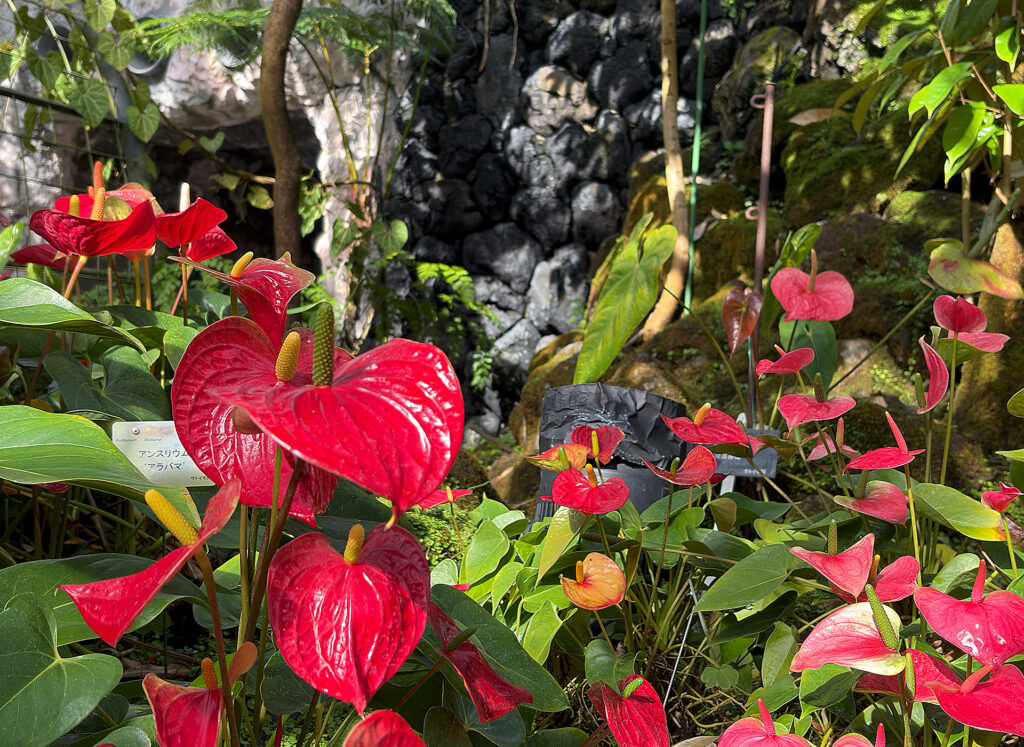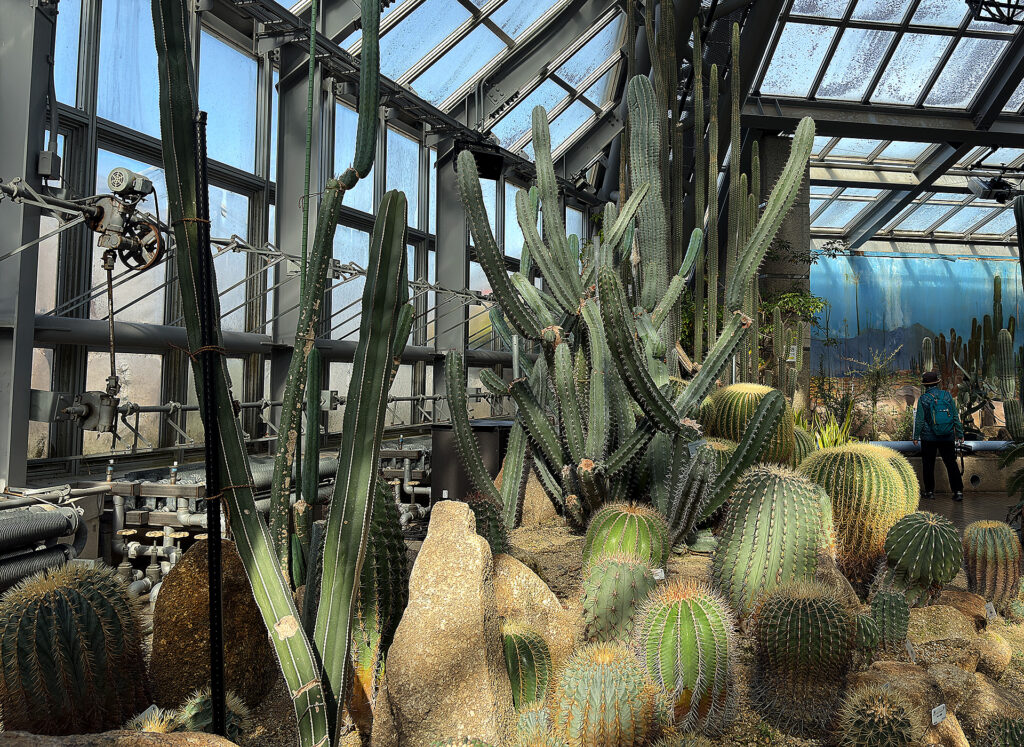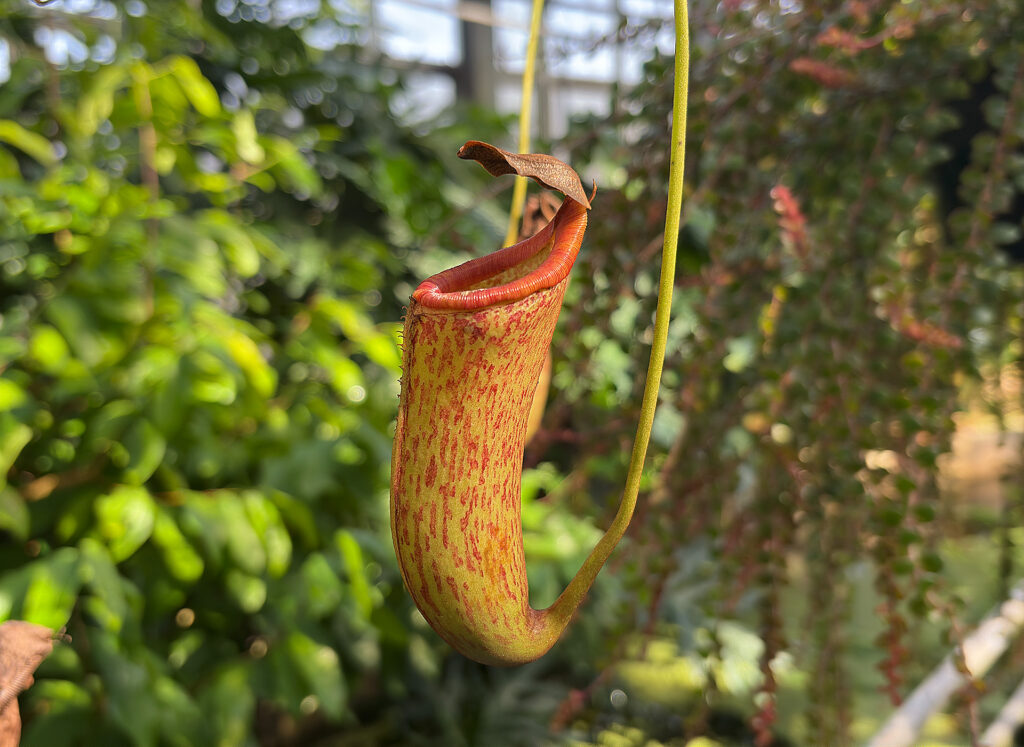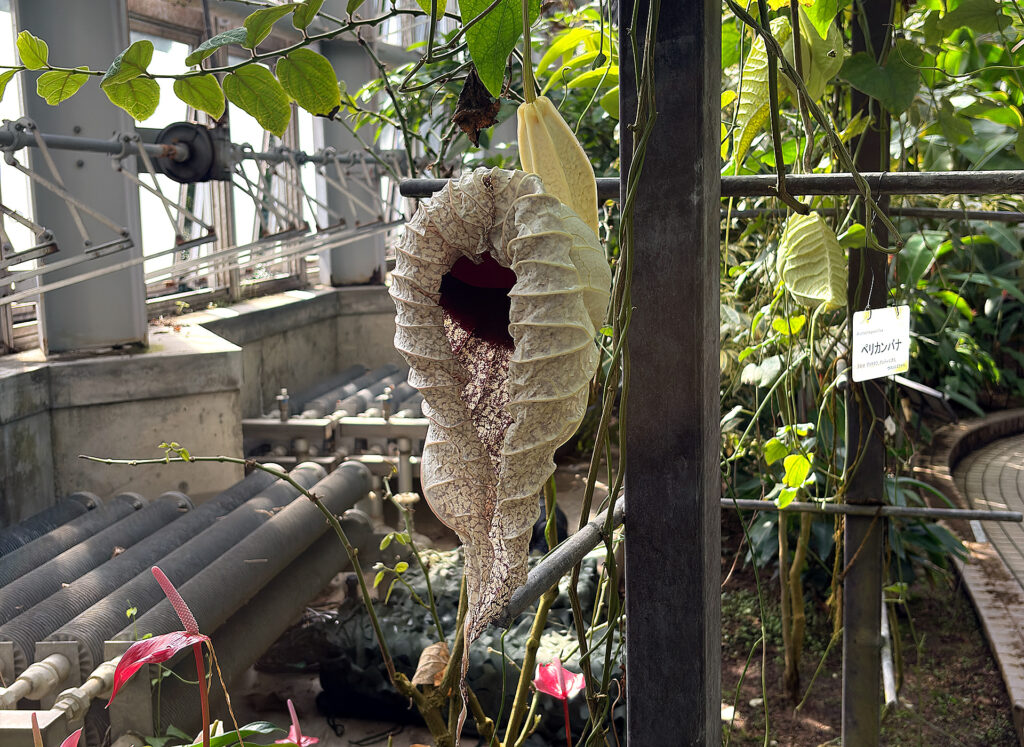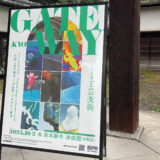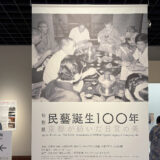Introduction
The delicate beauty of the Kyoto kogei arts we offer—whether it be the pattern on a kimono or the shape of a ceramic bowl—almost always finds its origin in nature.
While Kyoto is famous for its historic shrines and temples, there is another sanctuary beloved by locals that serves as an endless source of inspiration. The other day, I visited Kyoto Botanical Garden (Kyoto Fu-ritsu Shokubutsu-en) to capture the essence of the season.
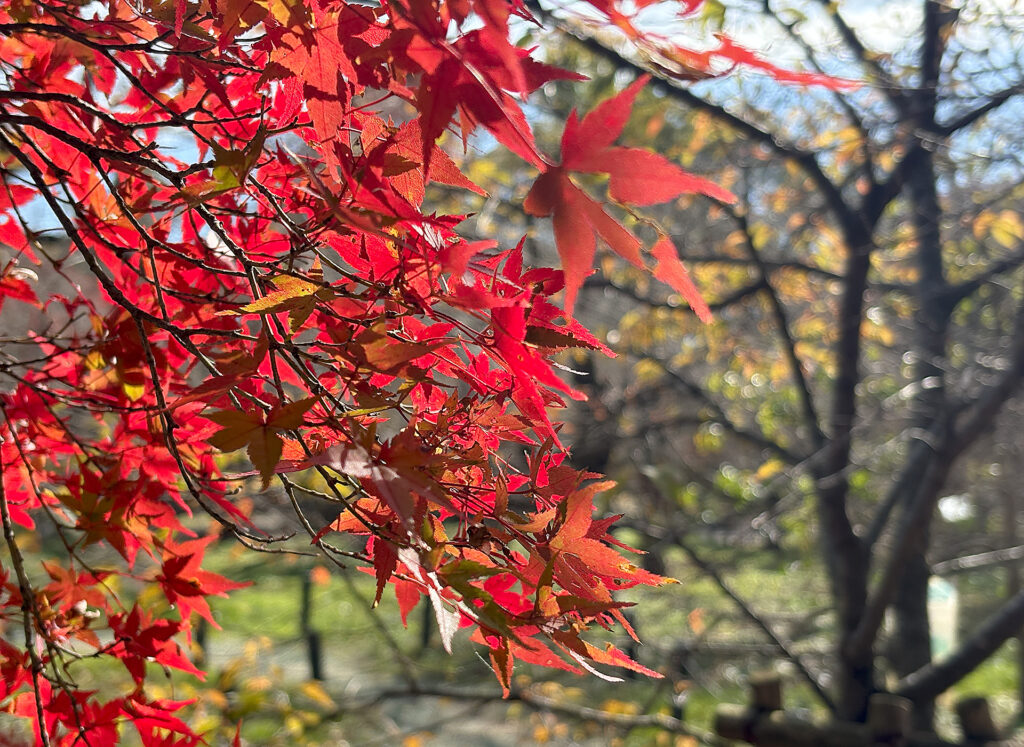
Away from the tourist crowds, I invite you to take a virtual walk with me through this “Living Museum” painted in deep autumn colors.
A Place with 100 Years of History
Established in 1924, the Kyoto Botanical Gardens holds the title of Japan’s oldest public comprehensive botanical garden. Last year marks its centennial anniversary. Throughout its history, including the difficult post-war period, it has been protected and nurtured by the passion of Kyoto’s citizens.
It is not just a facility for displaying plants; it is a cultural landscape where nature and history harmonize. With approximately 12,000 species of plants, it is a treasure trove of botanical diversity.
Into the Forest of “Kinshu” (Autumn Foliage)
Right now, the garden is dressed in its most dramatic colors of the year. In Japanese, we call this rich tapestry of autumn colors “Kinshu” (brocade).
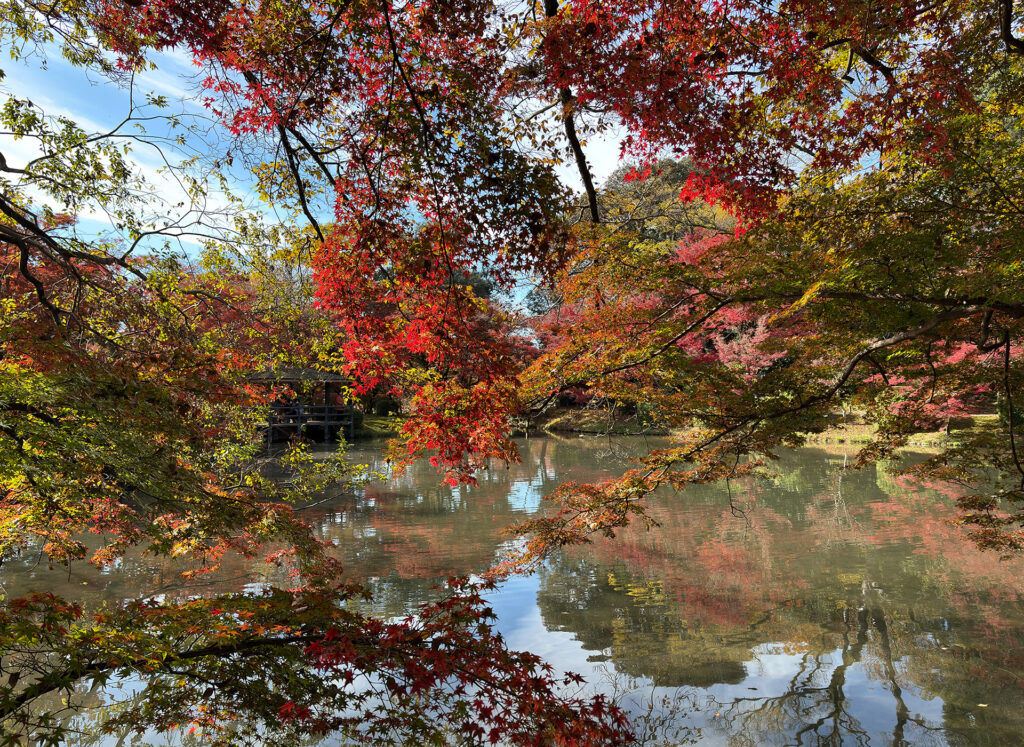
The reflection of the red leaves on the pond and the carpet of fallen leaves at our feet are scenes that have been depicted in Japanese art for centuries.
The “Ecological Garden”: The Original Landscape of Japan
One of the most unique areas here is the “Plant Ecological Garden.” Unlike a manicured English garden, this area is designed to recreate the natural ecosystems of Japan’s wild fields and forests.
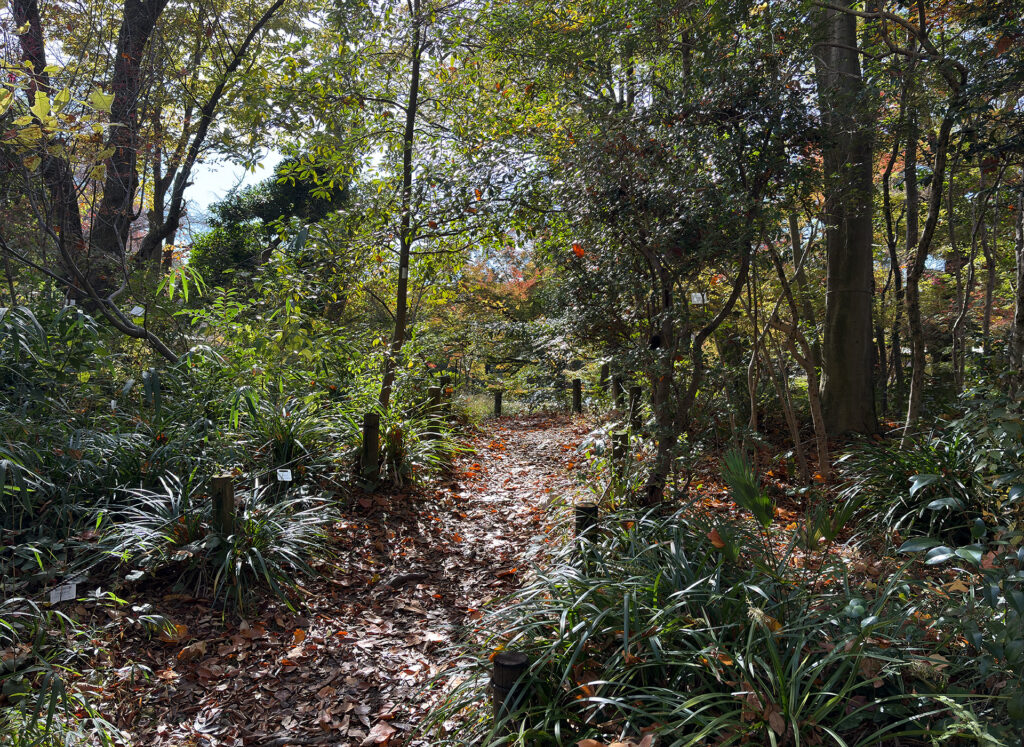
Here, you can feel the essence of “Wabi-Sabi”—the appreciation of imperfect, impermanent, and incomplete beauty. The moss-covered ground and the modest wildflowers blooming in the shadows remind us of the roots of Japanese aesthetics.
The Silence of the Conifers
In contrast to the bright autumn colors, the coniferous forest offers a solemn atmosphere.
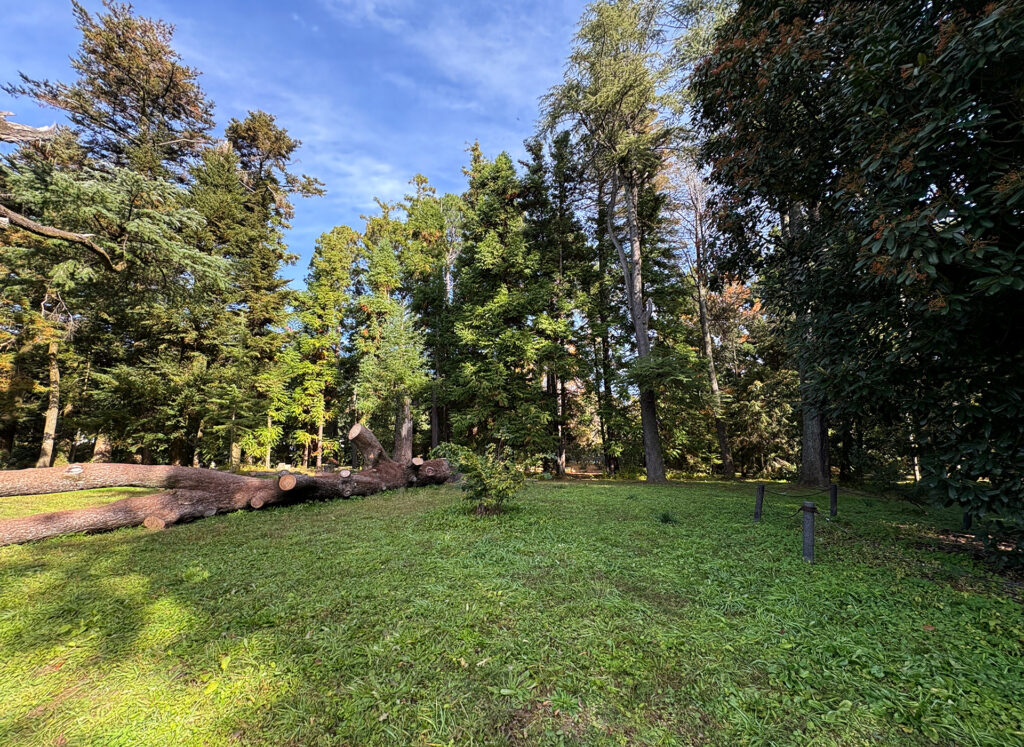
The Conservatory: A Glass Palace
Walking further, a massive glass structure catches the eye. This is one of the largest conservatories in Japan.

Stepping inside, the scenery changes completely. We are transported from the Japanese autumn to a vibrant tropical world.
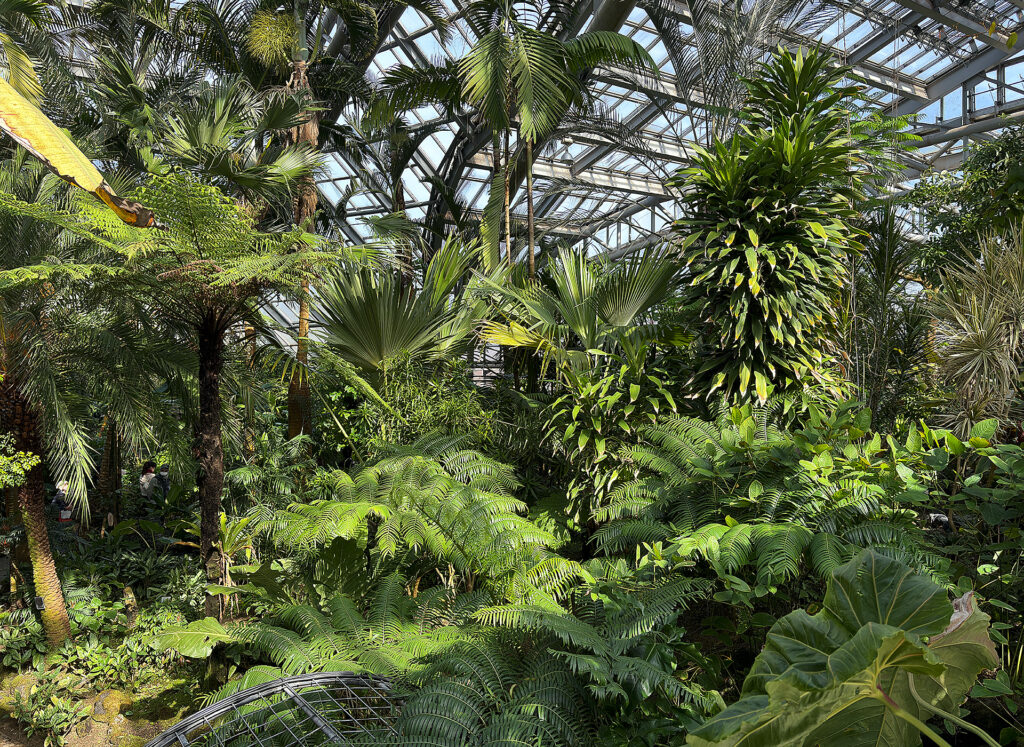
This contrast between the traditional Japanese landscape outside and the exotic collection inside represents the diversity that Kyoto embraces.
A Guide to the Four Seasons
The Kyoto Botanical Gardens offers a completely different experience depending on when you visit. Here is what to look forward to:
- 🌸 Spring: About 160 varieties of Cherry Blossoms (Sakura) bloom in succession. The collaboration with vast fields of tulips is breathtaking.
- 🌿 Summer: Deep greenery and water lilies bring a sense of cool relief. The Hydrangea garden—one of the largest in the world—is a must-see.
- 🍁 Autumn: Aside from the foliage we saw this article, the Chrysanthemum (the imperial flower of Japan) exhibits are culturally significant.
- ❄️ Winter: Camellias and Plum blossoms bloom in the snow. It is also the best season to appreciate the warmth of the Conservatory.
Conclusion
The shapes, colors, and textures of the plants in the Kyoto Botanical Gardens are alive in the crafts we sell. We hope this walk gave you a glimpse into the natural environment that inspires Kyoto’s artisans.
Please visit our online shop to find works that embody Kyoto’s spirit of nature.
Visiting Information
Kyoto Botanical Garden
| Address: | Hanamiki-cho, Shimogamo, Sakyo Ward, Kyoto City 606-0823 |
| Opening hours: | 9:00 am to 5:00 pm (Last admission at 4:00 pm) |
| Open Conservatory hours: | 10:00 am to 4:00 pm (Last entry at 3:30 pm) |
| Closed on: | from December 28 to January 4 (Basically open year-round) |
| Gardens Admission: | Adults: ¥500 High school students and 65 years and older: ¥250 Elementary & junior high school students: Free |
| Access | Immediately outside Exit 3 of Kyoto Municipal Subway “Kitayama Station”1 |
